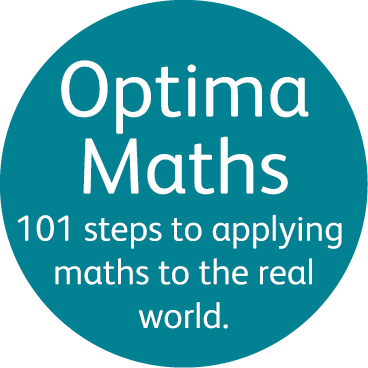What Makes Optima Maths Different?
Optima Maths has a number of distinctive features that have contributed to its success.
-
Curriculum Analysis
- Using the principles of instructional psychology, we have developed teaching sequences that prioritise logic, teach only one skill at a time and enable pupils to balance equations through a common, generalisable strategy. This ensures that the pupils are absolutely clear about what has to be learned and understand how knowledge can be structured and organised.
-
Teaching One Skill at a Time
- We have isolated each individual skill and mathematical concept that children have to learn in order to master the maths syllabus, and over the years of implementation have identified and corrected any potential ambiguity in the teaching methodology. This ensures that, with Optima Maths, pupils draw only one interpretation when they are presented with each new skill or concept. Teaching one skill at a time is a distinctive feature of Optima Maths that is not shared by any other curriculum currently used in schools.
-
Balancing Equations
- We have shifted the focus from the traditional ‘finding the answer’ to identifying how equations can be balanced, helping pupils to see what is common in calculations involving addition, subtraction, multiplication and division.
-
Division and Fractions
- The curriculum analysis and research we have conducted indicate that the way division is taught within Optima Maths is unique and critical in enabling pupils to understand fractions and various associated tasks such as decimals, percentages, proportions and ratios. For example, critical differences between Optima Maths and other commercial programmes concern:
- • the progression from teaching multiplication as equal addition to division as equal subtraction and
- • the explanation that pupils are given for the typical way in which one fraction is divided by another (invert the divisor and multiply) ensures that they understand the steps involved as well as knowing how to get the correct answer.
-
Teaching to Mastery
- Haring and Eaton's (1978) Instructional Hierarchy indicates that there are a number of stages in achieving mastery. The first is to teach tasks to accuracy before moving on to develop high fluency levels. All too often accuracy alone serves as the criterion for moving from one task to the next which is a major factor in pupils experiencing difficulties in learning maths. Becoming fluent is thus, an essential, pre-requisite step in enabling students to reach the stage where they can generalise their skills to a range of diverse contexts and apply their knowledge to the real world, which is the ultimate measure of mastery.
-
Problem Solving, Generalisation and Application
- When maths is taught with a focus on understanding rather than ‘getting the right answer’, the results take care of themselves. So Optima Maths focuses on showing children how to generalise and apply their skills, ensuring that they can demonstrate their understanding in a wide range of contexts, which include the Key Stage 1 and 2 SATs. We have evidence, collected over the many years of Optima Maths implementation, proving that this approach works.
-
Teaching Through Analogy
- Learning maths involves helping pupils to see the patterns and similarities that exist in what they are being taught. Teaching through analogy takes knowledge or information that is familiar and demonstrates how it relates to something that they have not yet encountered before. Analogy is used throughout Optima Maths to make maths more meaningful, accessible and relevant. So for example, having learned to count from 1-10 children are taught that this sequence occurs over and over again in all future counting tasks when counting from 21-30, 31-40 41-50 or from 101-110, 121-130 etc. Equally having been taught the concept of place value and the relationships between ones and tens, children are shown that the relationship between tens and hundreds, hundreds and thousands, are just the same.

